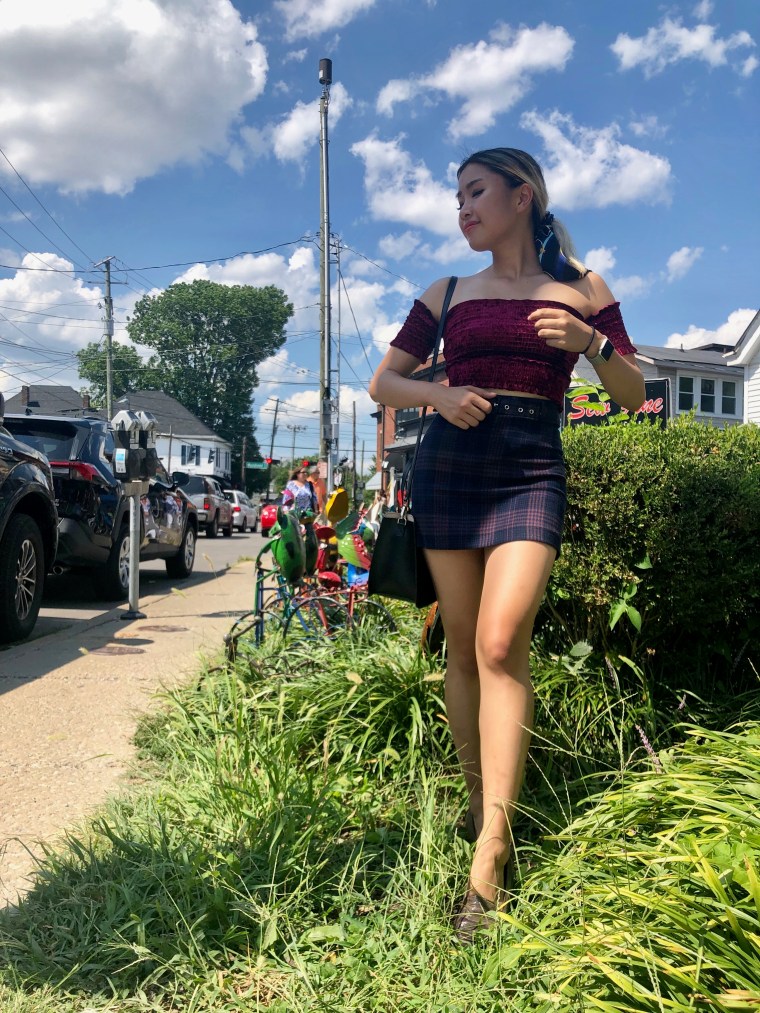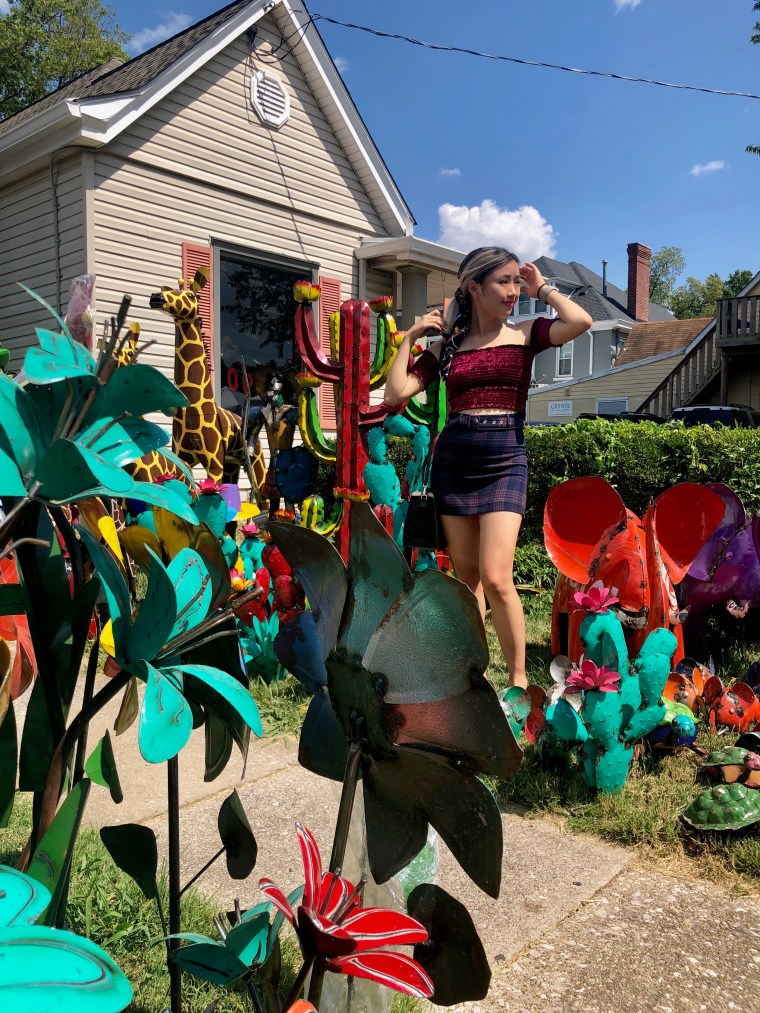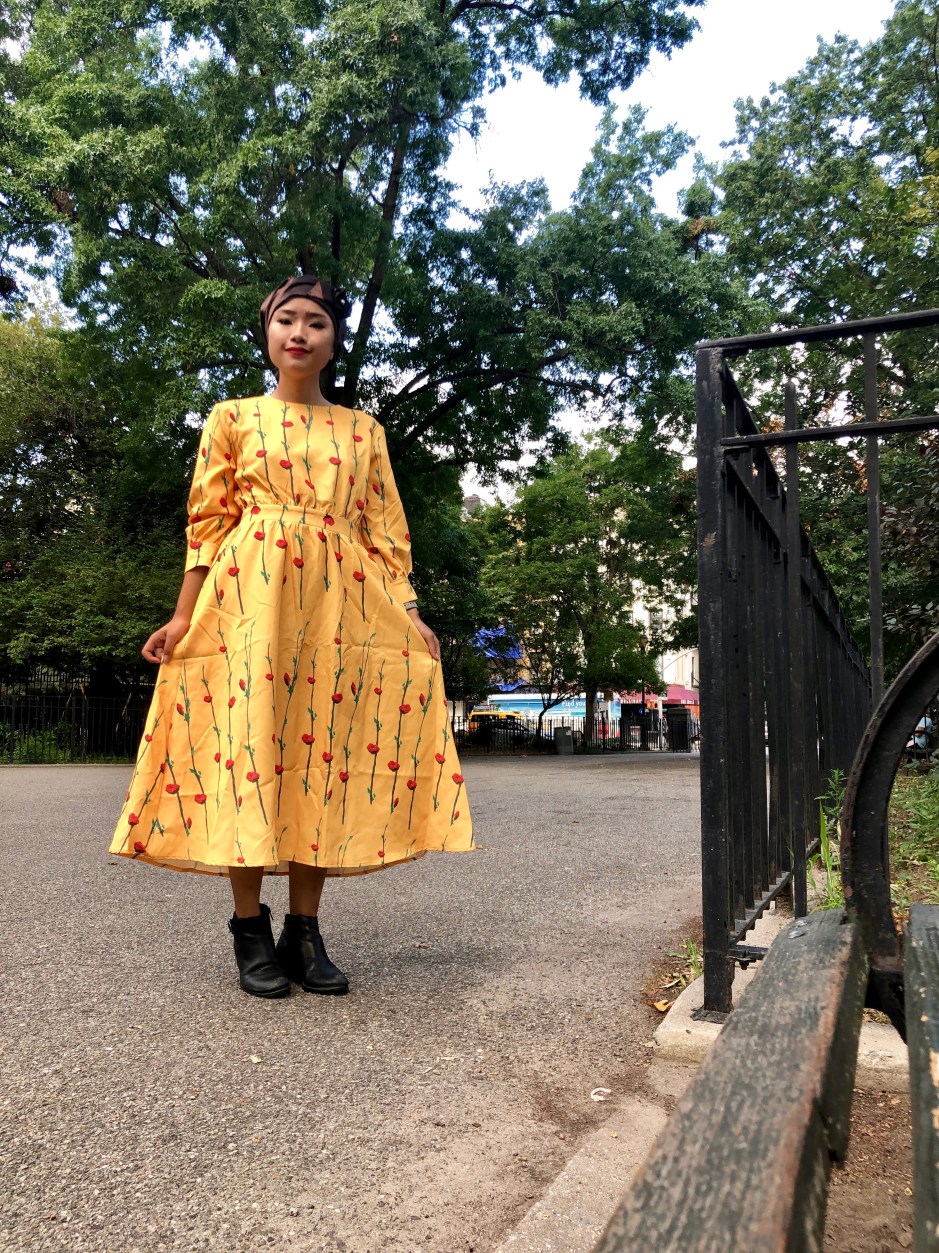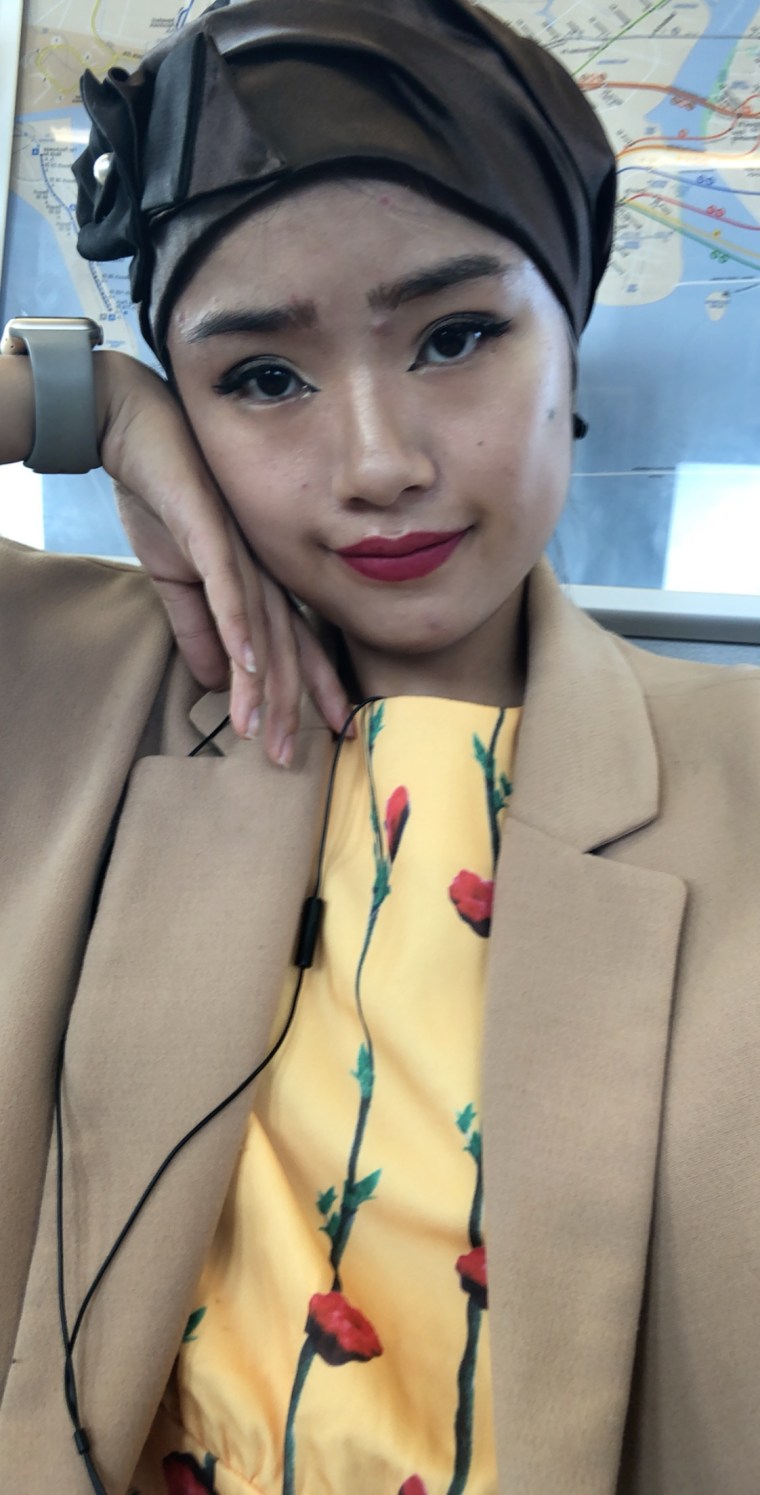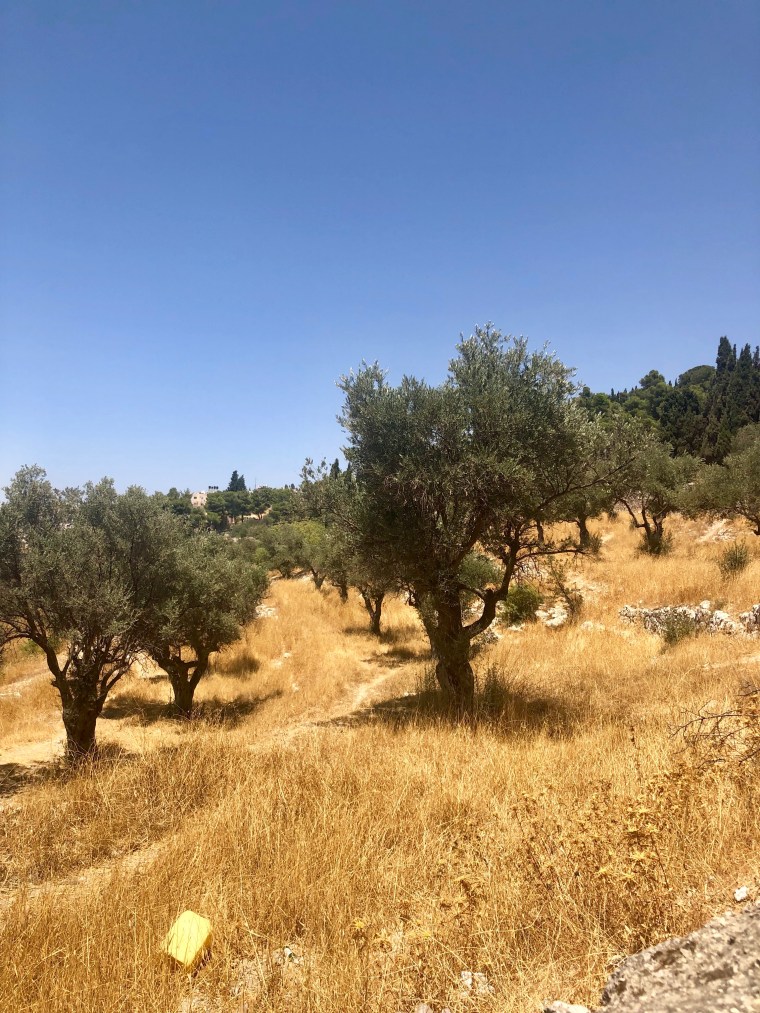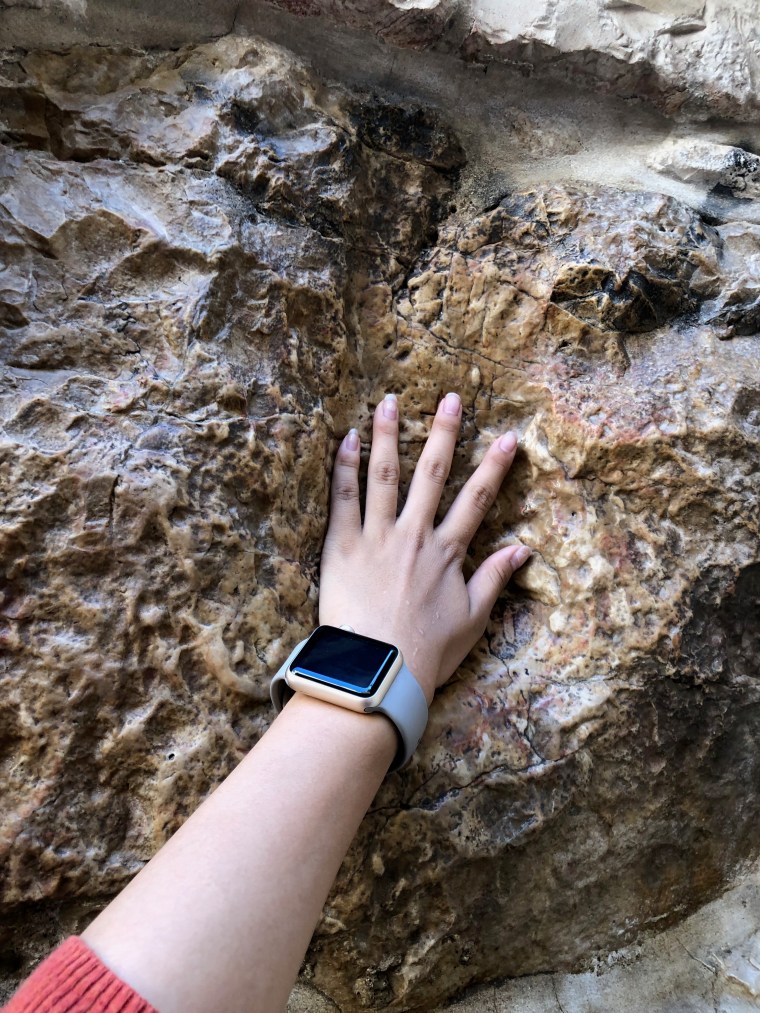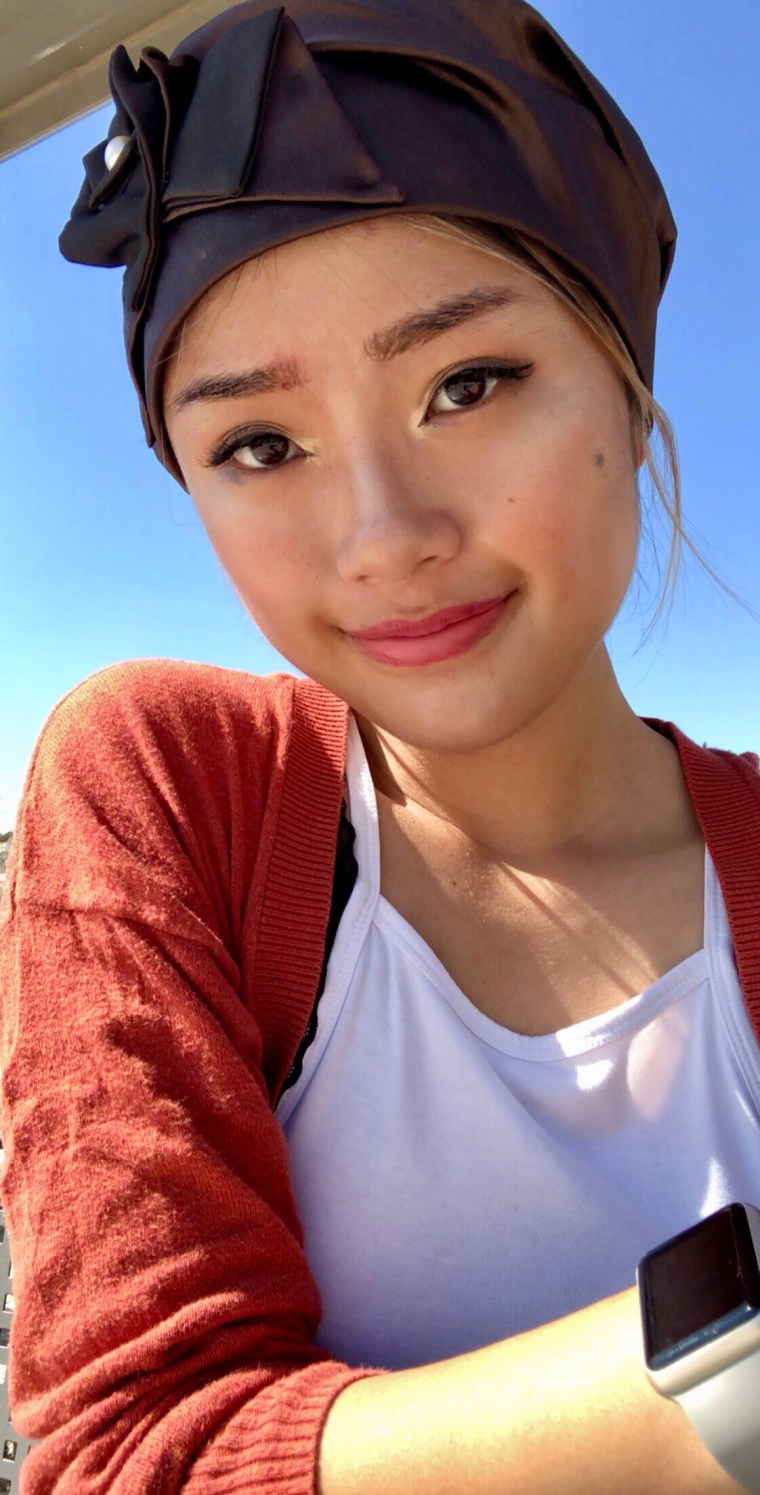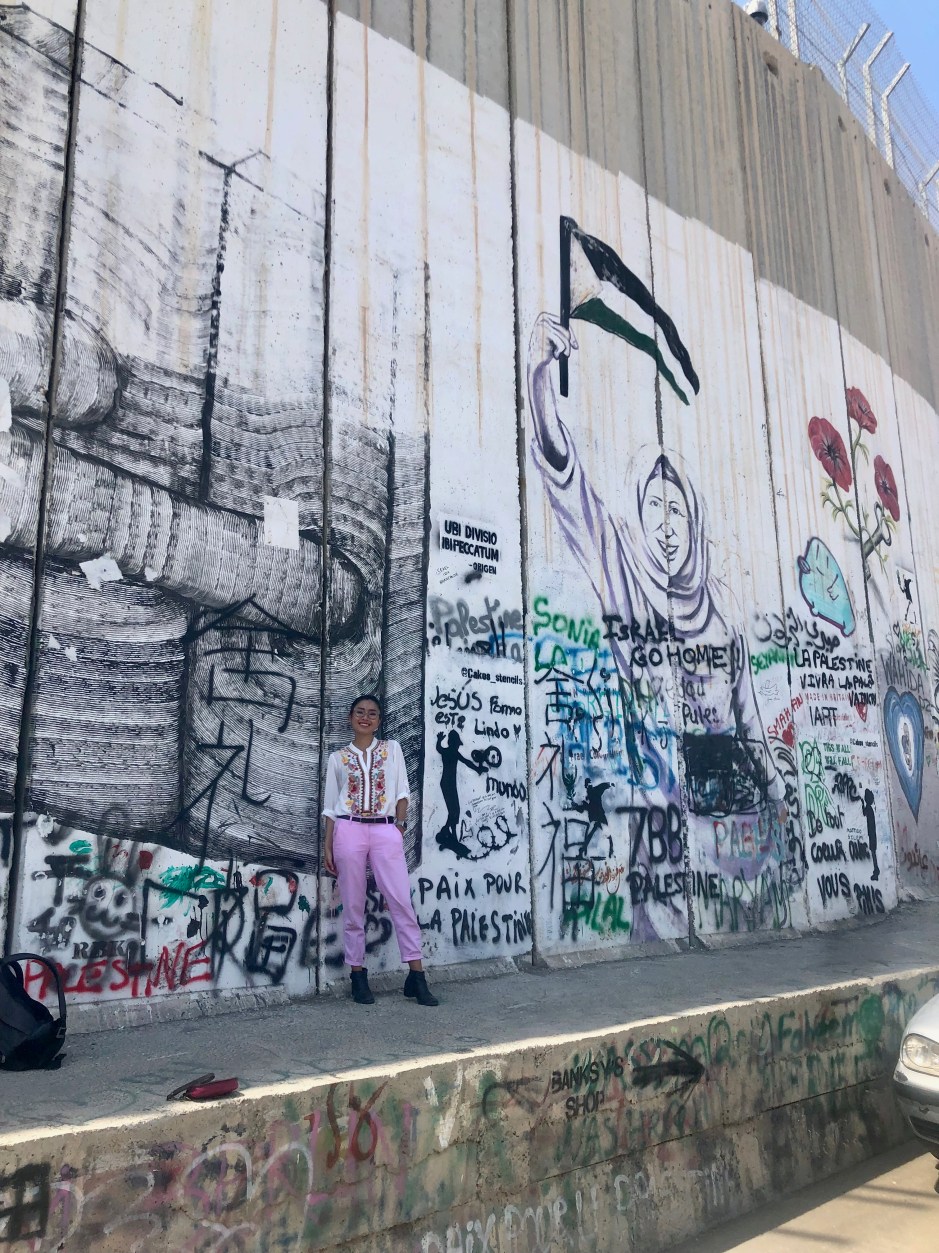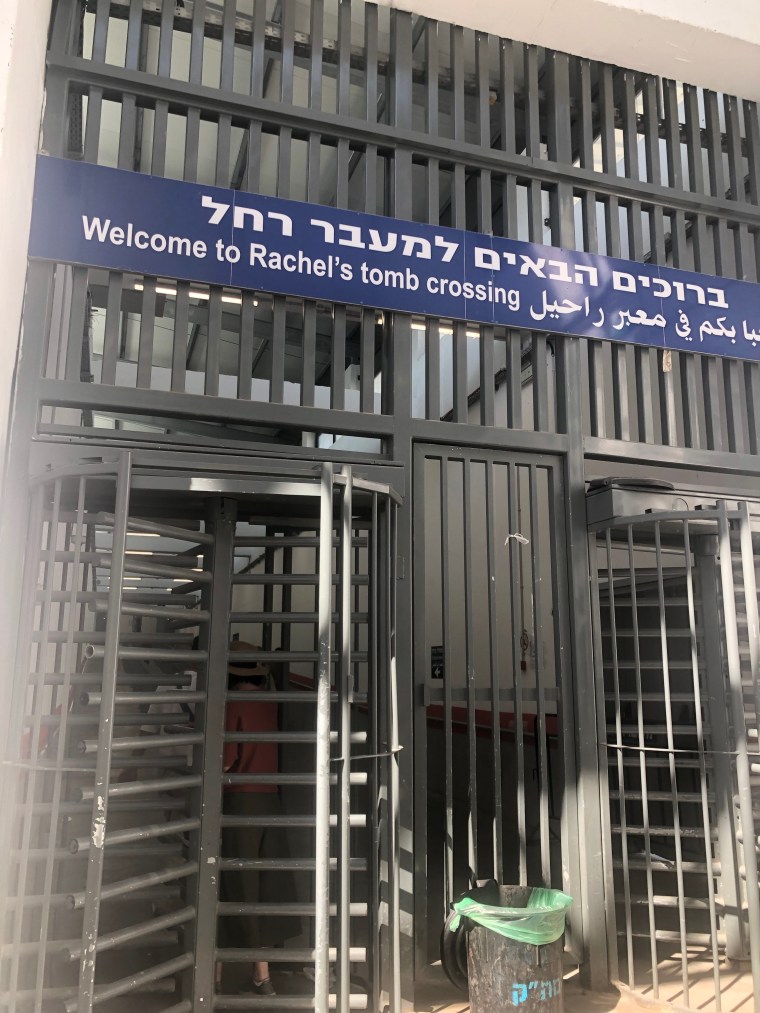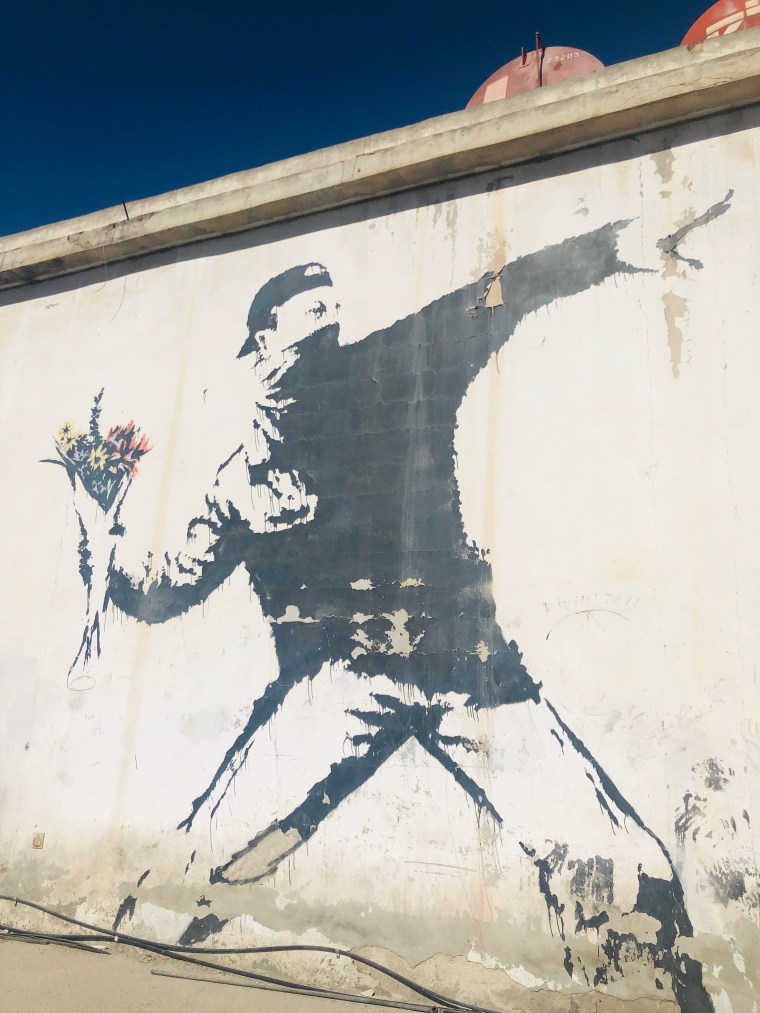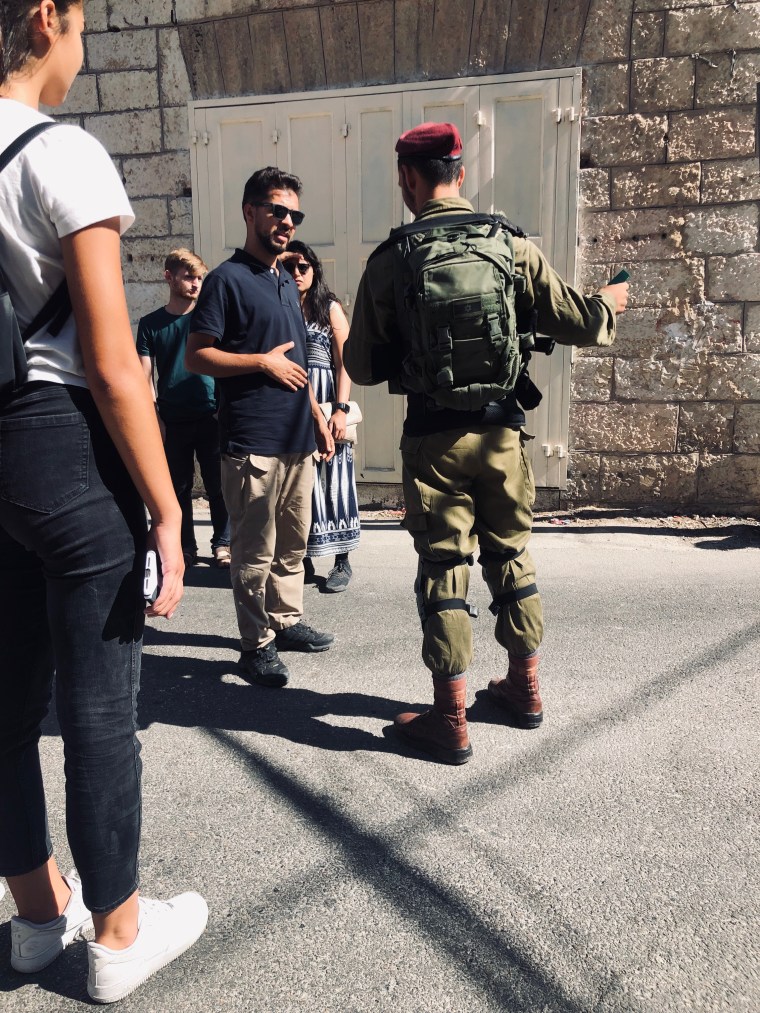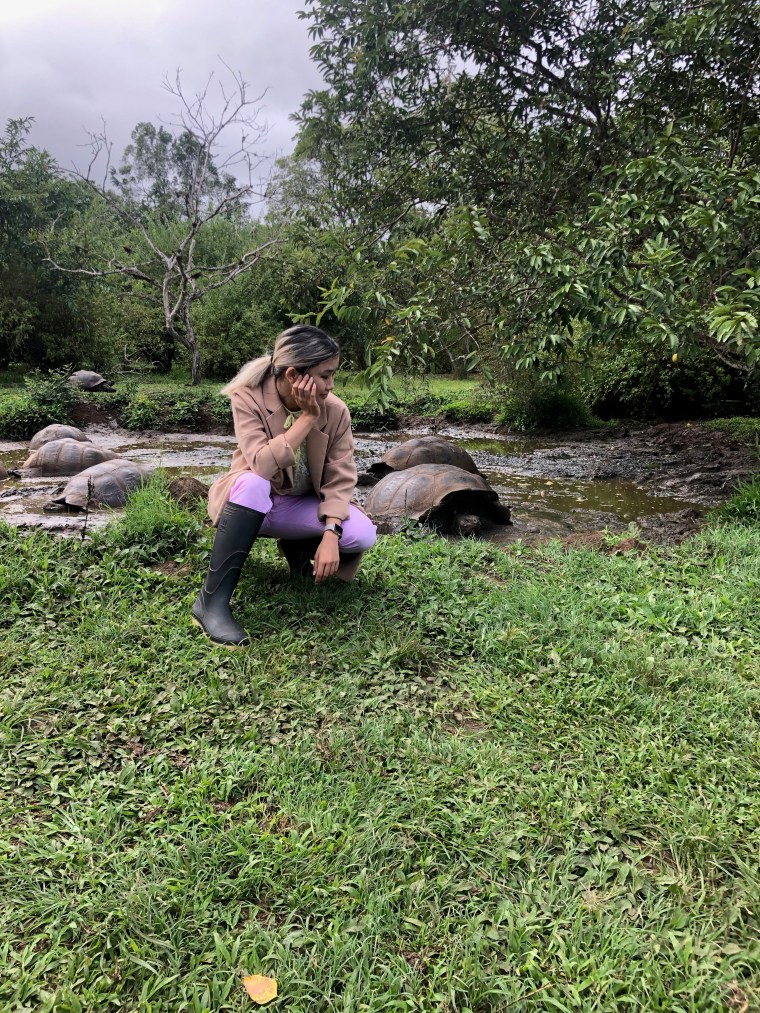I never cease to be amazed at what a good photographer with a good camera can do.

I don’t know to what extent you notice this, but the quality of my photographs varies greatly between blog posts based on who is taking the picture and on what device. Some of my best pictures are taken on my current iPhone by my father (who just has a really excellent eye for composition). Some of my worst from the early days of this blog were taken using my laptop webcam balanced on top of some textbooks and empty Cheez-It boxes.

To be quite honest, these are probably some of my best ever — and the best I’m going to have for quite some time, until I’m either rich and can afford to pay a professional photographer to follow me around or until I make a loyal photographer friend who just enjoys taking my picture every day. Until then, I’ll have to settle for my iPhone and my Apple Watch’s remote camera feature for every day pictures.
And that’s okay! Honestly, for as much fun as a full photo shoot can be, it’s also kind-of exhausting. I run out of poses and facial expressions after a while. I don’t know how professional models do it.

These were taken by my friend, Adam Brester, a professional photographer, the same man who did my senior portraits way back in the day. You can even see examples from some of that season on his website!

Adam lives in Lexington, but he’s looking at potentially moving soon, so we thought it would be nice to do another session together before I headed to Washington DC and he headed to wherever life takes him next. He was looking for a subject for some portraits that he could add to his portfolio, and I was happy to get some Instagram content in exchange.
Watching Adam work gives me an increased appreciation for photography as an art form. Of all of the mediums of the visual arts, such as painting or drawing, photography is probably the one I understand the least. Ironically, it is also probably the one that I deal with the most in my everyday life — I don’t paint every day, but I probably take at least one photo each day, whether it’s just a dumb selfie to send to my Snapchat streaks or an OOTD shot for this blog.

Even if I take pictures every day, I certainly do not do so in the capacity of a “photographer.” Maybe an “artist,” at least in the sense that I consider my outfit stylings to be artistic, and I attempt to use my backgrounds and compositions to complement the artistry of the outfit. But a photographer — one who truly understands light and color and the various settings of the camera to create a desired effect — I certainly am not.

That’s why watching someone like Adam work is so fascinating. I love watching people do things they’re good at that I am not. I love listening to film critics talk about cinematography, and I love watching musicians learn new pieces. I can’t do those either of those things with any skill, but I think it’s neat that there are people who can and who derive joy from their art. It may not be my art, but I’m glad it’s someone else’s.
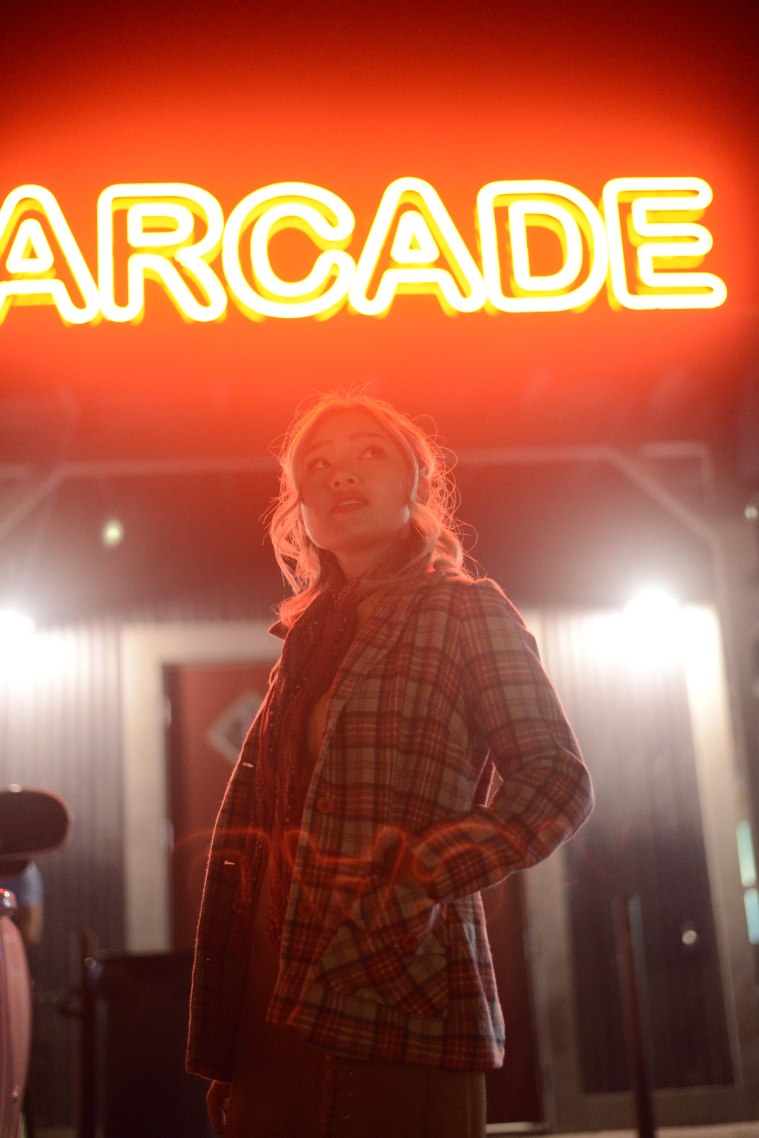
Plus, it was just nice to go out into the city and goof around for the evening. I wasn’t really home in Lexington much over the summer, and the time I did have, I didn’t really spend going out and doing anything. Mostly, I was just sitting at home trying either to get some rest after having returned from traveling or to pack to get ready to go traveling again.
That’s about it for today. Thanks for reading, and I’ll see you in the next one with more updates on my life this summer. Don’t forget to check me out on Pinterest, Instagram, Facebook, Bloglovin, Twitter, and Tumblr! For business inquiries, shoot me an email at lensembledujour@gmail.com!

Outfit 1: Tomato
Top: H&M
Skirt: Forever21
Outfit 2: Dragon lady
Top: Unknown
Skirt: The LOFT
Outfit 3: Hot dog saleswoman
Jacket: Vintage (thrifted, Foxhouse Vintage)
Sweater: Forever21
Skirt: A street vendor in Nepal



